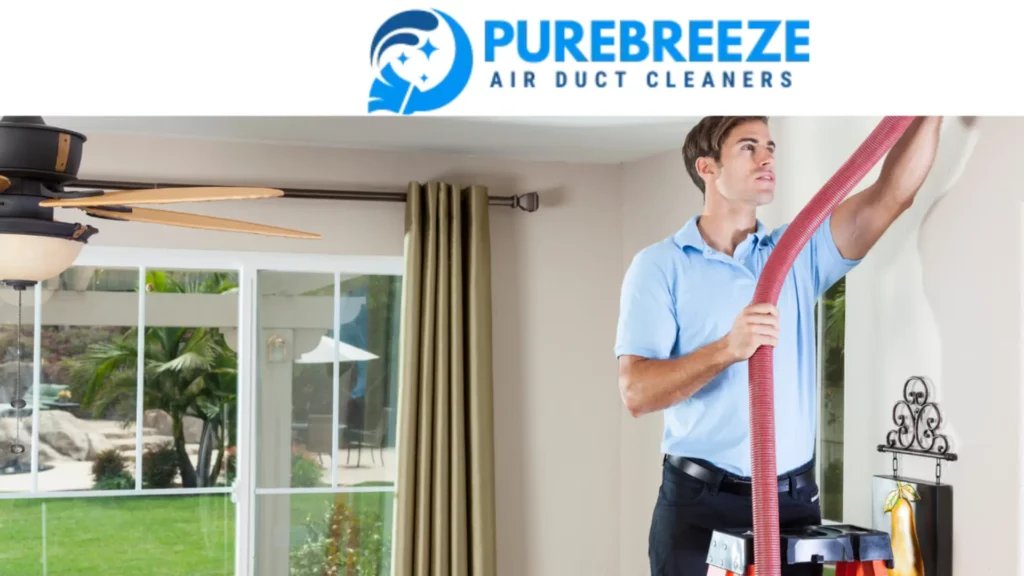Allergy symptoms can often be traced back to poor indoor air quality. Pollutants, allergens, and dust particles circulate through the air ducts of your home, exacerbating conditions such as sneezing, congestion, and watery eyes. Regular air duct cleaning plays a critical role in reducing these airborne irritants, creating a healthier living space for allergy sufferers. By understanding the connection between your HVAC system and allergens, you can take proactive steps to improve air quality.
The Role of Air Ducts in Circulating Allergens
Air ducts are an integral part of a home’s heating and cooling system, distributing conditioned air throughout the living space. However, over time, they can accumulate dust mites, pet dander, mold spores, and pollen. When these particles settle in the ductwork, they are often re-released into the air each time the system runs. For individuals with allergies, this continuous circulation of allergens can trigger symptoms and negatively impact overall comfort.
How Cleaning Reduces Irritant Levels
Removing contaminants through air duct cleaning helps minimize the presence of allergens that aggravate sensitive respiratory systems. Professional cleaning dislodges and removes buildup from duct surfaces, preventing particles from entering the air. Additionally, it can address hidden mold or mildew within the system that may otherwise go unnoticed, reducing another major allergen source. A clean duct system ensures that the air circulating in your home is as fresh and allergen-free as possible.
Improved Efficiency and Air Quality Benefits
Clean air ducts also contribute to better HVAC efficiency, which directly affects air quality. A system free from dust and debris can circulate air more effectively, maintaining consistent airflow and temperature. This improved circulation prevents hotspots of allergen accumulation and ensures that filtered air is distributed evenly throughout the home. For allergy sufferers, this means fewer irritants in the air and a more comfortable indoor environment.
Tips for Allergy-Friendly Maintenance
While air duct cleaning is an essential step in alleviating allergy symptoms, regular maintenance enhances its effectiveness. Changing air filters frequently reduces the introduction of allergens into the system, while monitoring indoor humidity levels prevents mold growth in ductwork. Pairing these efforts with periodic duct inspections ensures that the system remains clean and optimized for improved air quality.
By addressing the allergens within your ductwork, you can significantly improve the quality of air in your home and reduce the frequency and severity of allergy symptoms. Cleaner air ducts lead to better breathing, greater comfort, and a healthier indoor environment for everyone.
Learn more:
Air Duct Cleaning for Allergy Relief: What You Need to Know

